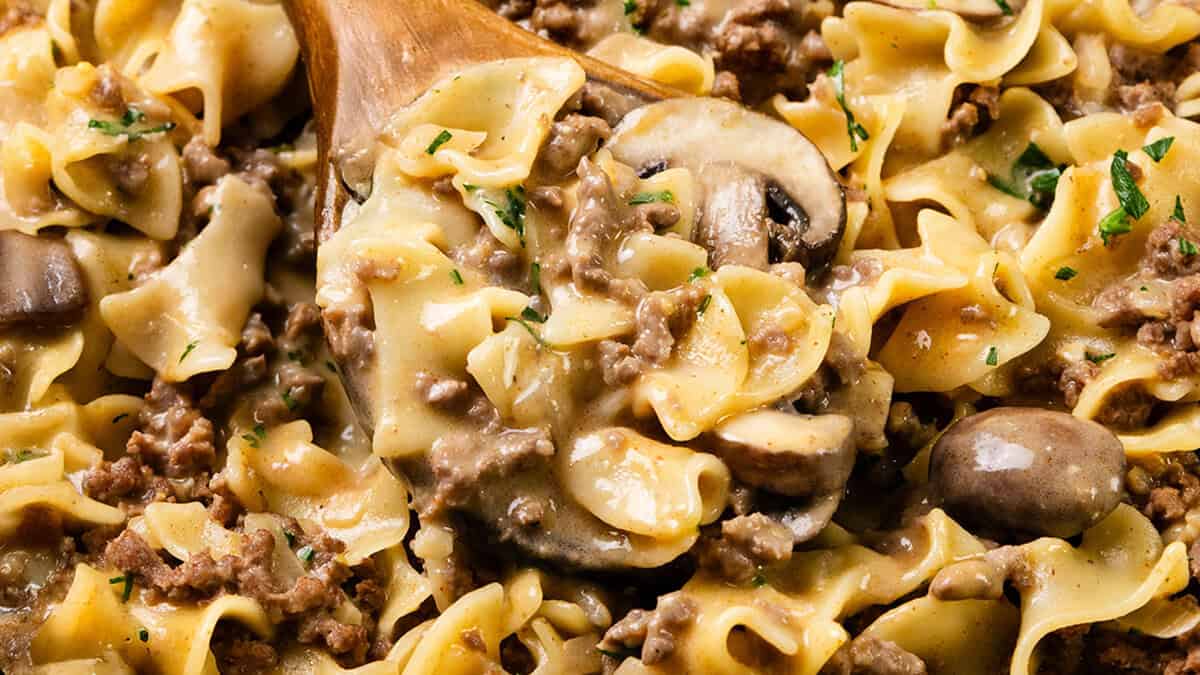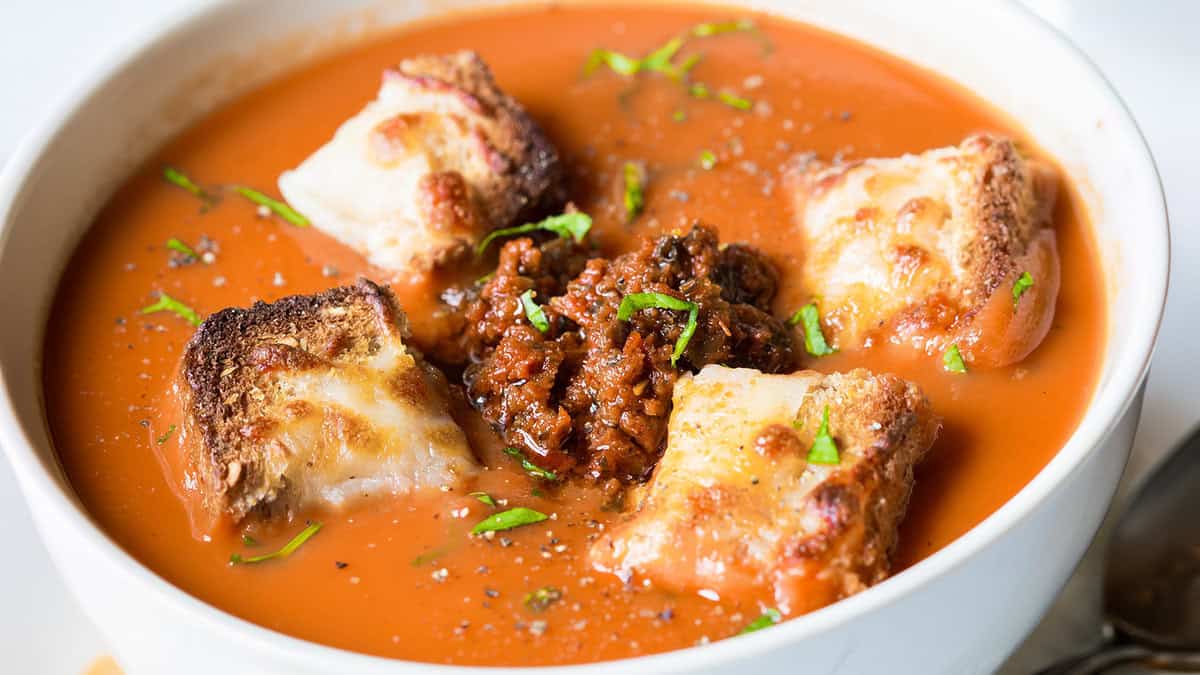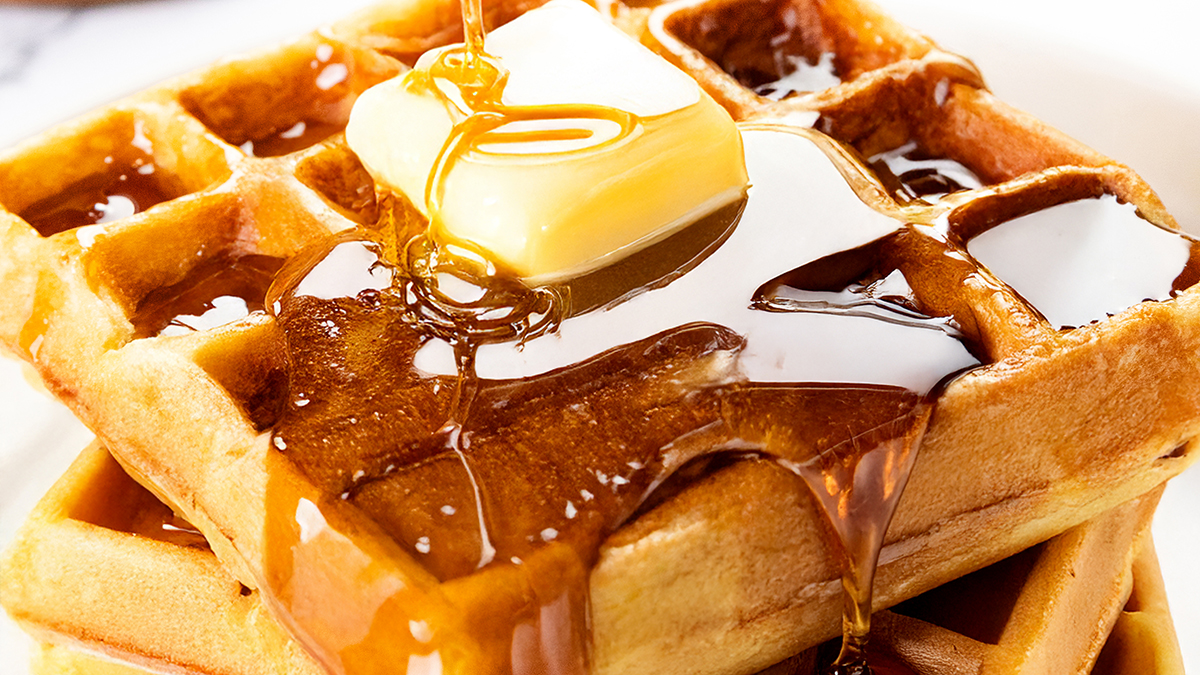According to CBS News, the average 17-year-old in Japan in 1983 was one inch taller and 12 pounds heavier than one in 1966. CBS fit this quick fact into a segment focusing on the ever-growing industry of American fast food, with McDonald’s leading the way. This worried health experts such as Isao Hashimoto, who believed too many Big Macs would lead to “hypertension, obesity and coronary [heart disease].”
Here we are, 42 years later. Nearly 3,000 “Makku” locations are peppered across the four main islands of Japan. Health concerns have remained.
When I surveyed my college students on whether they believed McDonald’s was “junk food” or “fast food,” nearly all of them chose “junk.” That hasn’t stopped half of the 40 students from eating there at least once a week.
Yes, those golden arches have a certain staying power, but this global behemoth has gone through a retraction in recent years. After peaking in 2002 with 3,891 stores, as reported by Nippon.com, McDonald’s endured obesity-related lawsuits and a right-left hook combo of Eric Schlosser’s 2001 book “Fast-Food Nation” and Morgan Spurlock’s 2004 documentary “Super-Size Me.” Word was traveling fast: Don’t replace your everyday dinner with McDonald’s.
Back in 1971, the food at McDonald’s was “simpler.” My father recalled working there as a teenager in the 1960s, and he was told to peel potatoes one by one early in the morning so the fries would be fresh that day. So when entrepreneur Den Fujita walked into an American McDonald’s during a business trip in 1967 and sank his teeth into a burger, the beef he was enjoying — and the fries on the side — were far different from the laboratory-tested, same-taste concoctions currently available at more than 42,000 locations across the globe. It tasted… dare we say it… natural.
The first McDonald's in Japan
On Jan. 19, 1971, the Associated Press reported that McDonald’s, pending approval by the Japanese government, planned to partner with two Japanese firms: Daiichiya Baking Co. and Fujita Co., the latter an import-export electronics company run by Den Fujita.
As CNN Money’s Frederick Hiroshi Katayama wrote in 1986, Fujita had kept his eye on McDonald’s, and since the government had decided to loosen regulations to allow more foreign companies to launch franchises in Japan, the timing was right.
Daiichiya and Fujita Co. ponied up $37,500 each and McDonald’s $75,000. Japan would be the second country overseas to have a McDonald’s, with the Netherlands being the first.
Upon meeting Fujita in 1970, McDonald’s representative Steven J. Barnes remembered Fujita’s energy-driven personality. He had “an open-mindedness and 100% commitment.” That commitment showed again when Fujita decided to buy out Daiichiya. He was now an equal partner with the fast-food chain and he wanted to be the leader, as well. He’d later convince McDonald’s owner Ray Kroc of this.
“You can send engineers and food technologists; that’s fine,” Fujita said in Robert C. Christopher’s 1986 book “Second to None: American Companies in Japan.” “But to control Japanese people you must have a Japanese president. I saw many joint ventures — Kraft Cheese, Heinz — start up in Japan and do badly because they had American managers.”
Hamburger University
Now that Fujita had the authority necessary to move forward, he needed to educate his workforce in the McDonald's way.
In early March 1971, he sent three soon-to-be chain managers — Yoshiaki Katoh, Shigekazu Ohno and Akuji Izuka — to Chicago, where they received a three-week crash course in the art of “cooking a hamburger every 50 seconds,” as Chicago Tribune journalist Frederic Soll put it.
McDonald’s had designated the location “Hamburger University,” since it was where all aspiring franchise managers went to learn how to run a McDonald’s restaurant. From the start, all three men were out of their element and needed to learn as much as they could on the fly.
Katoh, according to Soll, had been an agricultural chemical salesman before ditching his career for a chance to run an American fast food store. Ohno had been a sales manager at Daiichiya Baking and Izuka an export manager for Fujita’s company. Now, as Soll watched, they “were stuffing apple cakes into little cardboard cartons.”
The following was a sample week at Hamburger U., then located in Elk Grove Village, near Chicago as reported by Frederic Soll of the Chicago Tribune that March:
Week schedule: “Hamburger University”
Trainees: Yoshiaki Katoh, Shigekazu Ohno and Akuji Izuka
- Monday: Hamburgers, buns and fries
- Tuesday: Shakes
- Wednesday: Carbonation principles and coffee
- Thursday: Filet-o-Fish and store maintenance
- Friday: Store control and marketing workshop
But to control Japanese people you must have a Japanese president. I saw many joint ventures — Kraft Cheese, Heinz — start up in Japan and do badly because they had American managers.” —Den Fujita, McDonald’s Japan founder
Hamburger U. even had a “dean.” Back in 1970, his name was Rob Doran.
Since all three Japanese trainees did not speak English very well, the “college,” Soll reported, installed a “translation booth in the lecture hall. There, a transistor turns Doran’s pearls of patty-wisdom into Japanese.”
Still, Iizuka knew enough English to let Soll know that “we expect a large market” of customers, focusing on “teen-agers thru 35-year-olds.” Iizuka was confident about this because, even as far back as 1971, many Japanese elementary schools had started to change their school meals, replacing rice with bread. Ohno added that Japanese consumers spent about 40% of their income on food. The potential for a tremendous fortune was right there for the taking.
The three managers were looking to bring McDonald’s in all its Americanness to Japan. “No traditional Japanese meals will be served,” said Iizuka.
But Katoh added that the portion size would undoubtedly be smaller. “We can’t eat as much as you Americans,” he told Soll.
Launching in Ginza
After a short trip to Anchorage, Alaska to celebrate the one-year anniversary of McDonald’s launch, Kroc, 68, flew directly to Japan and arrived on July 12, knowing that Fujita had planned to launch three McDonald’s locations that same month.
When Kroc arrived, however, he discovered that the first location, set to open in a Mitsukoshi department store in Ginza on July 20, had not yet started construction.
Kroc was surprised, to say the least. But Fujita had changed Kroc’s mind several times in the past few months about how best to open in Japan. At first, Kroc and other McDonald’s administrative staff had wanted to launch in the suburbs, near Chigasaki, so that families could first discover the restaurant. But Fujita was obsessed with launching in Ginza.
“When something happens in Ginza, the whole country finds out about it. If we succeed in the business here, the name 'McDonald’s' spreads throughout Japan.”
He’d also watched another American fast food chain, Kentucky Fried Chicken, struggle early on in the suburbs.
Fujita negotiated a tiny, ground floor take-out only spot — about 50 square meters (538 square feet). Mitsukoshi only agreed to the deal if Fujita’s launch did not disrupt department store hours. That meant he had to build the restaurant during closing hours.
Fujita calculated he only had 39 hours to build Japan’s first McDonalds. As Substack blogger Frederik Gieschen wrote:
“On July 17, 1971, a few days before the planned opening, various McDonald’s executives including Ray Kroc arrived in Japan. Fujita proudly took them to the Ginza location. One of the men [likely Steven J. Barnes, president of McDonald’s International] turned to Fujita: ‘But where’s the store? Mr. Fujita, [the] grand opening is the day after tomorrow!’ Fujita just said: ‘Ah, Mr. [Barnes], we will do it.’ [Barnes] told Ray Kroc: ‘We’re in big trouble. We’re opening in two days and nothing is there.’”

Fujita with Ray Kroc (center). July 20, 1971. Image: Japan Today/Screenshot from a Japanese TV promo video.
Again, Fujita calmed their nerves. Spending what must have been an extraordinary amount of working capital, Gieschen explains that Fujita “rented a warehouse” and employed a team of 70 construction workers and engineers to perfect the exercise of building a McDonald’s within that 39-hour timeline. After three simulated runs, the team managed to complete the construction with three hours to spare.
During the pressure-packed, night-day-night marathon of construction, legend has it that workers were seen catching a few moments of shut-eye by sleeping on large sacks of potatoes.
On July 20, 1971, the Ginza location opened, complete with Barnes, Fujita and Kroc cutting a ceremonial ribbon and being presented bouquets of flowers from “fashion ladies” — likely department store models or greeters. The Filet-O-Fish was the featured item on a red bilingual menu.
Pictures and video survive of crowds of customers eating on the street, some being interviewed: “I wish the fish sandwich had been warmer,” remarked one customer, but she admitted, “it’s cheap.”
One television announcer remarked that “it won’t be long until the word McDonald’s becomes the pronoun for burgers in Japan.”
On July 24, the first McDonald’s with indoor seating opened in Tokyo’s Yoyogi neighborhood, followed by another franchise in Shinjuku the next day.
Fujita relied largely on word-of-mouth in the early 1970s. As he admitted later, “For the first three years I couldn’t make money.” He’d spent so much during the launch process that he needed to wait until around 1975 to say he turned a profit.
Fujita’s target audience, as his now three trained managers knew, ranged from children to adults in their 30s. When McDonald’s started to advertise on television, 30-second spots focused on children and families eating at McDonald’s.
Below is a compilation of advertisements for McDonald’s in Japan, starting as early as 1977. Fujita renamed Ronald McDonald “Donald” so it could be spoken more easily by Japanese customers — and as you’ll see, he was still a work in progress.
As for the Ginza location, Fujita managed to keep it open until around 1990, when it was either forced out or given a steep renewal offer by Mitsukoshi that they could not match. The Ginza spot had done its job, however.
Having a McDonald’s at a high-end department store selling luxury items is like eating a double cheeseburger inside a Chanel boutique. As vlogger John Daub pointed out in a live stream in July 2021, the original location of McDonald’s is now a large window display showing mannequins in expensive clothes.
So it goes in Ginza.
Next in the series: How Harley-Davidson motorcycles vroomed into Japan in 1913.
Other stories in "When They Opened in Japan"
- When Apple rolled into Tokyo in 1983
- How Costco succeeded in Japan: The story behind its 1999 market entry
- Engineer Edmund Morel helps launch Japan Railways in 18780
- Japan's Kirin Beer begins as William Copeland's Spring Valley Brewery in Yokohama
- Baskin-Robbins brings 31 Flavors to Japan in 1974
- David Rosen helps launch Sega in Japan
- Ford’s Model T lands on Japanese soil in 1913
- Coca-Cola storms Japanese market in the 1950s
- Loy Weston brings Kentucky Fried Chicken to 1970s Japan
- Starbucks debuts in Ginza in 1996
Patrick Parr is professor of writing at Lakeland University Japan. His third book, Malcolm Before X, published by the University of Massachusetts Press, is now available. His previous book, One Week in America: The 1968 Notre Dame Literary Festival and a Changing Nation is available through Amazon, Kinokuniya and Kobo.
© Japan Today











 English (US) ·
English (US) ·